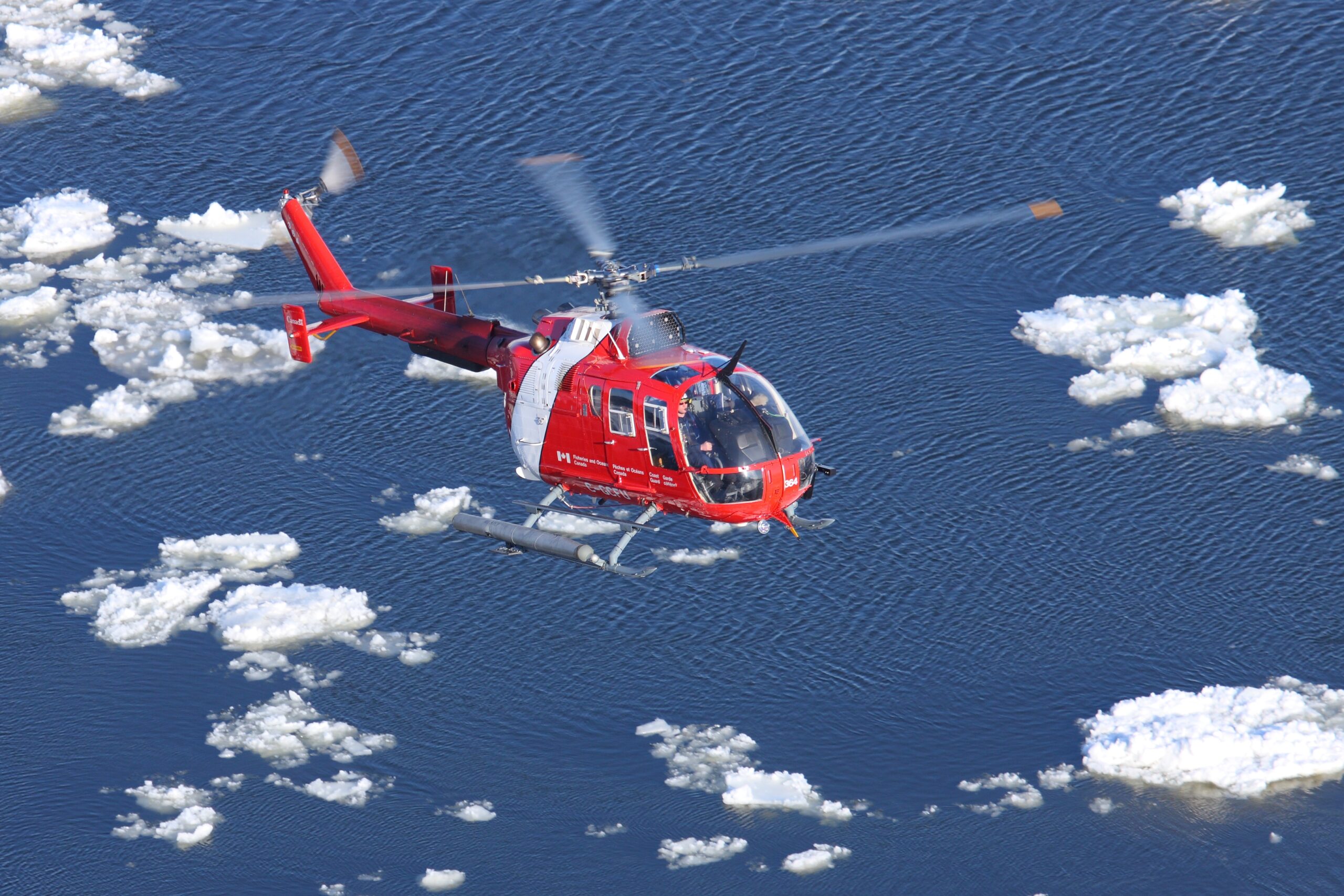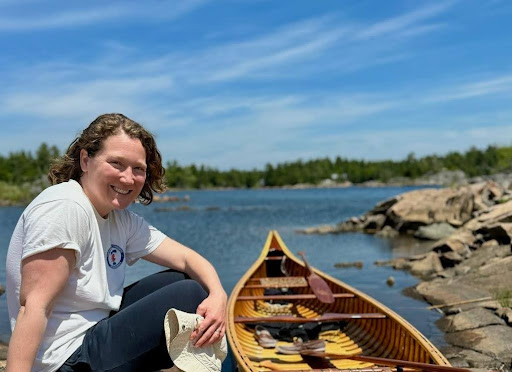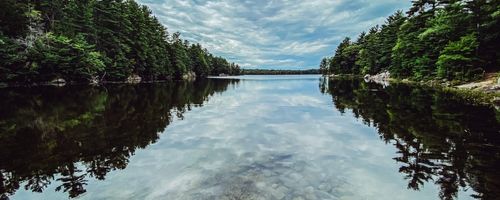Our water should be safe and enjoyable.
Algae blooms or blue-green algae can contain cyanobacteria which can cause harm to human and animal health. If there is an algae bloom do not drink, swim in it or allow pets in the water. If you suspect a blue-green algal bloom, assume toxins are present and call the ministry’s Spills Action Centre at 1-800-268-6060. An article about the Sturgeon Bay experience with algae blooms is here: http://www.georgianbayforever.org/images/Algal_Blooms_web_article.pdf. The State of Washington, Department of Ecology has a good summary of algae control options and can be found at: http://www.ecy.wa.gov/programs/wq/plants/algae/lakes/controloptions.html
Being vigilant about reducing nutrients from entering the water important to maintaining the natural chemical balance. See the Primers, Nutrients and your Watershed, andWaste Systems. [could have links here too, please]
Swimmers itch can be troublesome in some areas and is caused from parasites in birds and snails which incidentally “get under our skin”. Rubbing down with a towel after swimming can reduce this itch.
Invasive weeds (Eurasian mill foil for example) can make waters dark, murky and choke out native plants. Avoid breaking the plant up (by propellers) as it propagates just with a tiny piece! And, weed growth is also promoted by an increase in nutrients – another reason to reduce nutrients from entering the lake.
The Georgian Bay Association supports the recommendations by the Georgian Bay Biosphere Reserve to use the Lake Partner Program for water testing and not to continue with bacterial testing. The Lake Partner Program coordinates and gathers data from 1,000’s volunteers who test lakes in the spring. They test water clarity using a Secchi dish and take samples for low-level Total Phosphorous testing. For information about the program see http://desc.ca/programs/lpp and for mapping of the Lake Partner sites see https://www.ontario.ca/environment-and-energy/map-lake-partner












